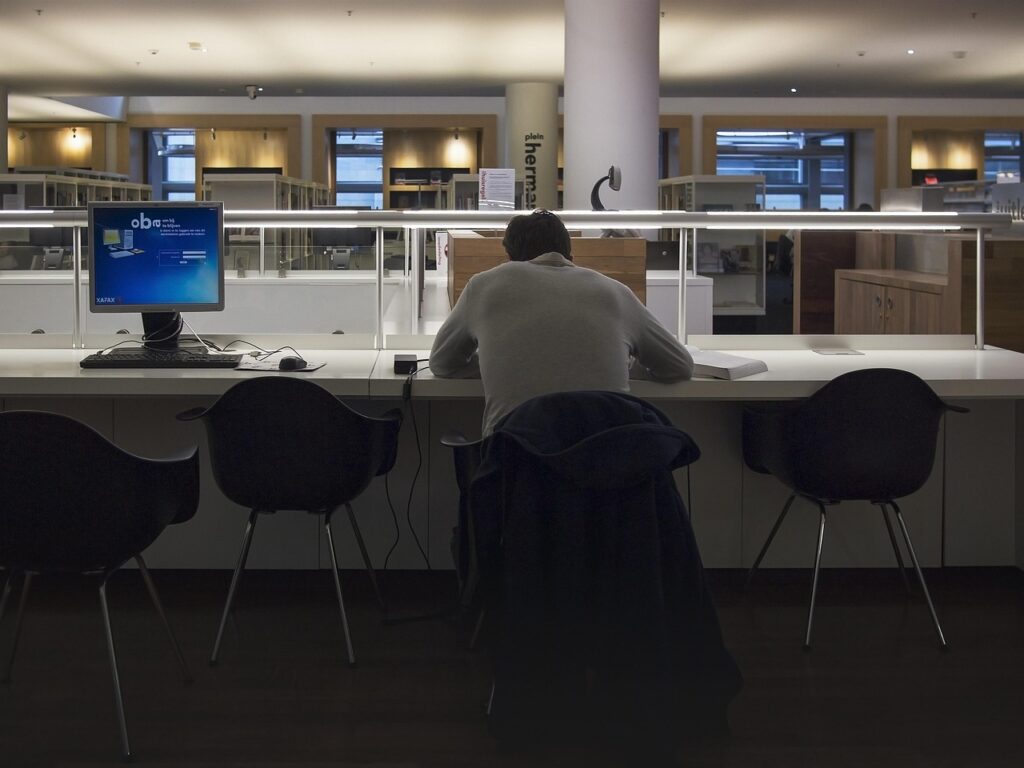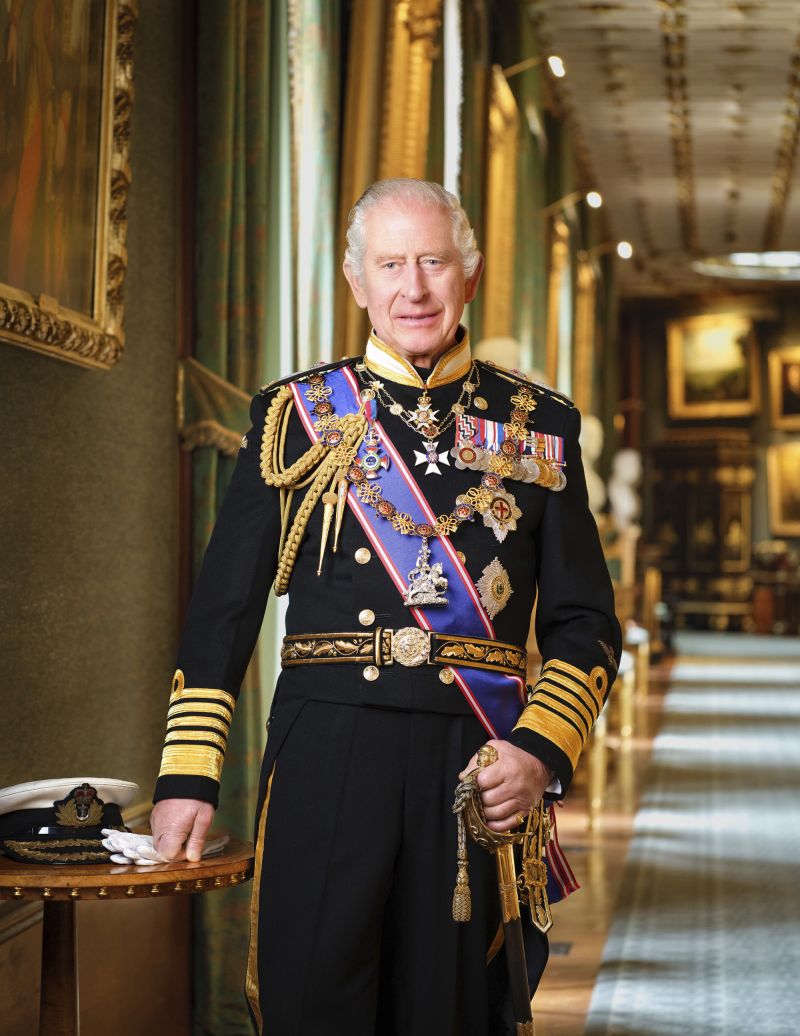
The health of a monarch is always a matter of significant public interest, and King Charles III’s recent battle with cancer has been no exception. Since the initial announcement of his diagnosis, the public has followed His Majesty’s journey with a blend of concern and unwavering support. This period has seen King Charles maintain a delicate balance between his personal health challenges and his unwavering commitment to his royal duties, demonstrating a resilience that has resonated across the nation and beyond, serving as an example to many.
His Majesty’s openness, albeit carefully managed, about his condition has provided rare glimpses into the realities of living with a serious illness while holding one of the most demanding public offices. From candid remarks about the physical tolls of aging to empathetic interactions with fellow patients, the King has navigated his health journey with a quiet dignity and a surprising degree of personal connection. His approach has offered comfort and a sense of shared experience to many facing similar battles around the world.
The following sections will detail the timeline of his diagnosis, the nature of his treatment, and the various updates he has shared, or that have been shared on his behalf, with the public. We will explore how he has continued to perform state business and official paperwork, adapting his demanding schedule to accommodate medical treatments. Each item provides a factual account, drawing exclusively from official statements and reported interactions, ensuring an objective and clear understanding of the monarch’s health and his approach to his significant responsibilities in challenging times.
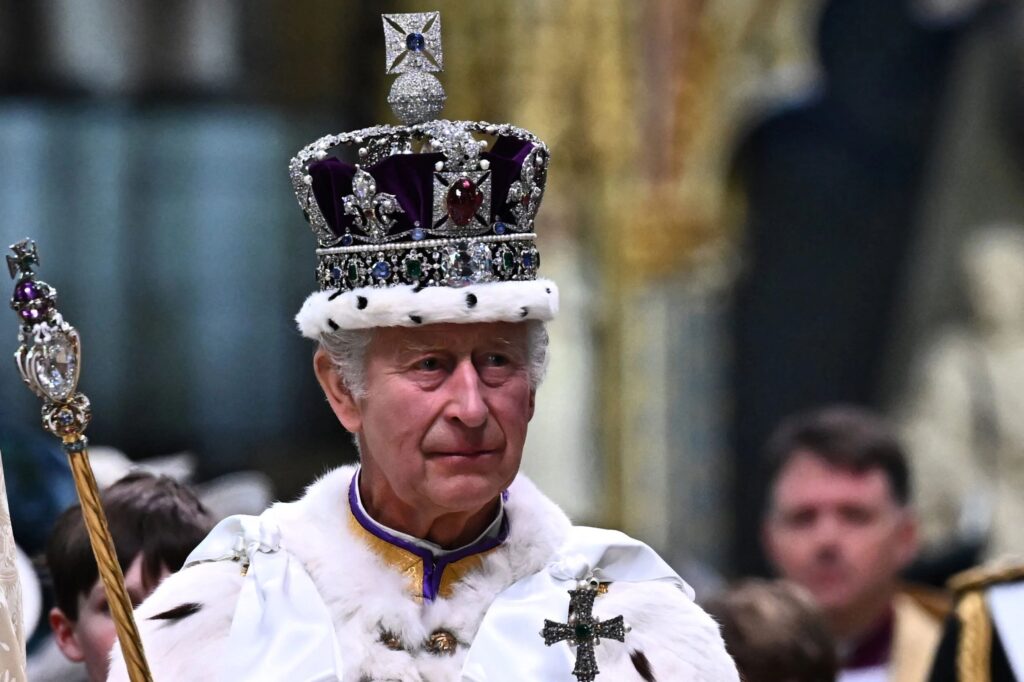
1. **The Initial Announcement: A Royal Health Update** The nation and the world received significant news regarding the King’s health in February 2024. Buckingham Palace issued a formal statement announcing that His Majesty had been diagnosed with a form of cancer. This revelation followed a period of medical treatment for a separate, benign condition, bringing a new and unexpected dimension to the early years of his reign.
The palace’s statement marked a pivotal moment, shifting public attention towards the monarch’s personal well-being. It informed the public that while the diagnosis was serious, the King remained “wholly positive” about his journey, expressing gratitude for his medical team. This initial announcement set the stage for subsequent updates and provided a fundamental framework for understanding the nature of his ongoing health challenges.
The transparency, within the bounds of medical privacy, surrounding this announcement was notable for a royal household. It underscored a modern approach to royal health matters, acknowledging the intense public interest while respecting the King’s right to personal information. The news immediately prompted an outpouring of well wishes from across the globe, highlighting the deep affection and concern for King Charles from leaders and ordinary citizens alike.
Read more about: The Sweet, Sour, and Unbelievably Strategic Saga of MM’s Spokescandies: A Masterclass in Culture War Marketing
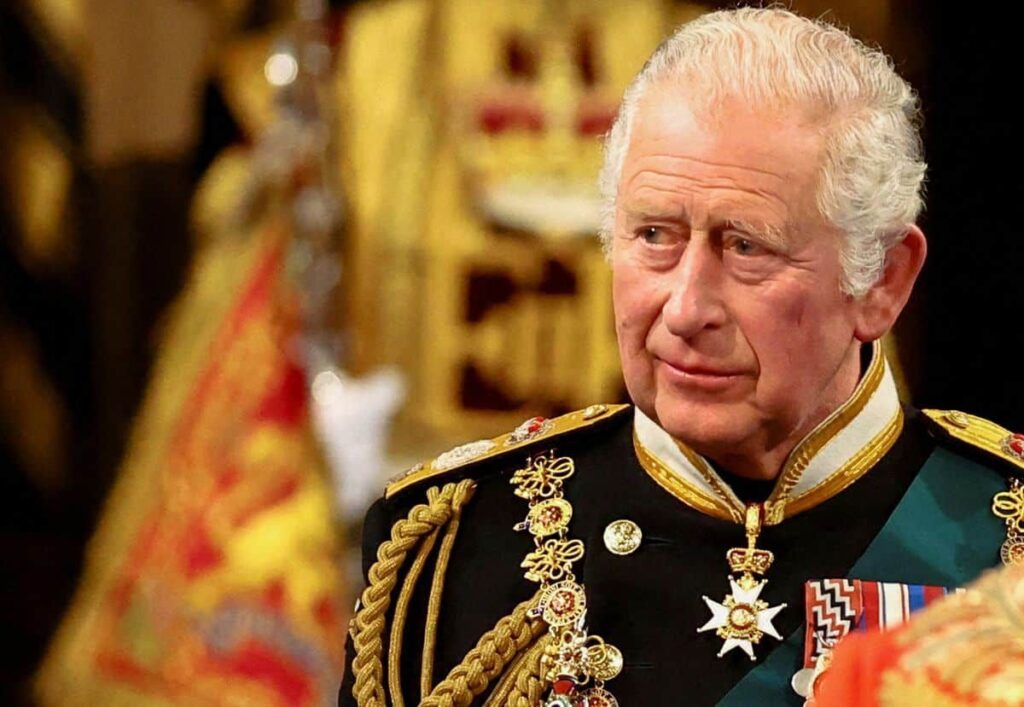
2. **The Path to Diagnosis: Beyond an Enlarged Prostate** The discovery of His Majesty’s cancer was made during a period when he was already undergoing medical attention. In January 2024, King Charles sought treatment for an enlarged prostate, a common condition among men of his age. This routine procedure, however, led to an unexpected and more serious discovery that required further investigation.
Following diagnostic tests conducted after his prostate treatment, medical professionals identified “a separate issue of concern.” This “separate issue” was subsequently diagnosed as a form of cancer, underscoring the vigilance required in medical assessments. Buckingham Palace later clarified explicitly that the cancer was not prostate cancer, distinguishing it from the benign condition for which he initially sought treatment.
This sequence of events highlights the importance of regular medical check-ups and the potential for incidental findings to lead to crucial diagnoses. The palace’s clarification was important in preventing misinterpretations and ensuring accurate public understanding of the distinct nature of his cancer diagnosis compared to his original prostate issue. It provided a clear factual basis for subsequent reports on his health developments.

3. **Undisclosed Nature: The King’s Private Battle** Despite the initial announcement of his cancer diagnosis, King Charles has largely maintained a private stance regarding the specific details of his illness. The palace statements have consistently referred to it as “a form of cancer” without disclosing the precise type or stage, adhering to a policy of medical confidentiality. This approach reflects a delicate balance between public duty and personal privacy.
The King has “largely opted to remain tight-lipped” about the specifics of his health battle, and has “decided not to disclose the type of cancer he is battling.” This decision aligns with the longstanding tradition of royal discretion in personal medical matters, while still acknowledging the need to inform the public about his overall health status given his prominent role as head of state.
This policy of non-disclosure has meant that details about his specific condition remain confidential, allowing His Majesty to focus intently on his treatment and recovery without intense public speculation on clinical specifics. While this might lead to natural curiosity among the populace, it underscores a firm commitment to medical privacy, even for a public figure of his stature. The primary focus remains on his progress and ability to carry out his royal duties.
4. **Beginning the Treatment Journey: A Schedule of Regular Care** Upon his diagnosis in February 2024, King Charles “commenced a schedule of regular treatments.” This marked the official beginning of his active battle against the illness, requiring significant personal adjustments. The regularity of these treatments has been a consistent feature of his health management, extending well into the subsequent year of 2025.
The commitment to a “schedule of regular treatments” indicates a systematic and sustained approach to his medical care. It implies ongoing medical interventions designed to manage his condition effectively and support his recovery. This consistent application of treatment is crucial for addressing the illness and supporting his overall well-being.
These treatments have continued into 2025, suggesting a long-term medical strategy rather than a short-term intervention. While the specifics of the therapies remain undisclosed, the continuity of his care underscores the serious nature of his condition and the dedicated efforts of his medical team. The King’s steadfast adherence to this schedule is a testament to his determination in facing this challenge head-on.

5. **Managing Royal Duties Amidst Illness: A New Balance** Following his cancer diagnosis, Buckingham Palace initially advised King Charles to “postpone public-facing duties.” This necessary adjustment allowed His Majesty to prioritize his health and undergo the initial phases of his treatment without the additional demands of extensive public engagements. It was a pragmatic decision reflecting clear medical advice and a focus on recovery.
Despite this initial postponement, the palace affirmed that “His Majesty will continue to undertake State business and official paperwork as usual.” This crucial detail highlighted the King’s unwavering dedication to his constitutional responsibilities, even during a challenging personal period. It ensured continuity in the monarchy’s administrative functions, a vital aspect of royal governance.
Over time, the King has gradually returned to public engagements, creating what has been described as a “new normal” where he successfully balances his royal duties with his ongoing treatment. This adaptability demonstrates his resilience and deep commitment to his role. He remains dedicated to his duties as the sovereign without revealing much about how he is faring, a testament to his profound sense of duty.
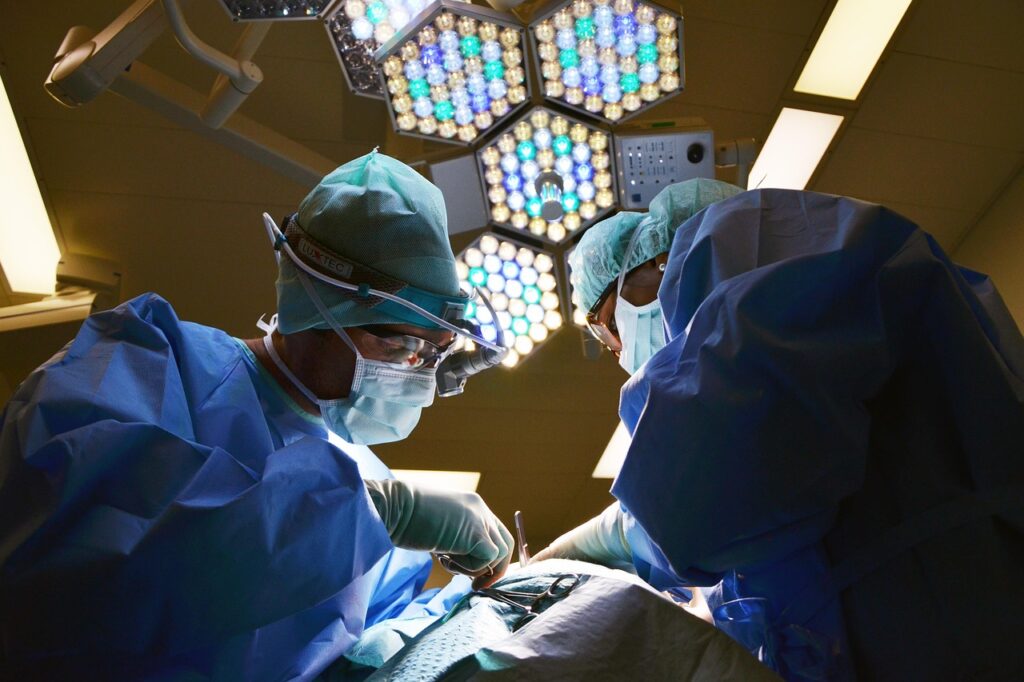
6. **A Candid Update: ‘Not Too Bad’ in September 2025** In a rare and candid moment, King Charles offered a direct update on his health in September 2025, stating he was “not too bad.” This brief yet reassuring comment came during his visit to the recently opened Midland Metropolitan University Hospital in Smethwick, England. His interaction with patients on such an occasion provided a valuable personal insight into his health journey.
The King shared this update when directly asked by Matthew Shinda, a 73-year-old prostate cancer patient, about his own recovery. The monarch’s straightforward and personal response provided a significant moment of connection and reassurance for both Mr. Shinda and the wider public. It underlined his approach to facing his illness with a degree of pragmatism and genuine openness.
This public acknowledgement of his condition, delivered personally by the King, offered a poignant glimpse into his current state of mind. It conveyed a strong sense of resilience and an ongoing, determined effort to manage his health challenges. The brief, understated comment allowed for both a warm personal connection and a quiet affirmation of his continued fight against the illness.
Read more about: The Cotton Candy Calamity: Dissecting Donald Trump’s Viral Hair-do and His Wildest Speech Moments
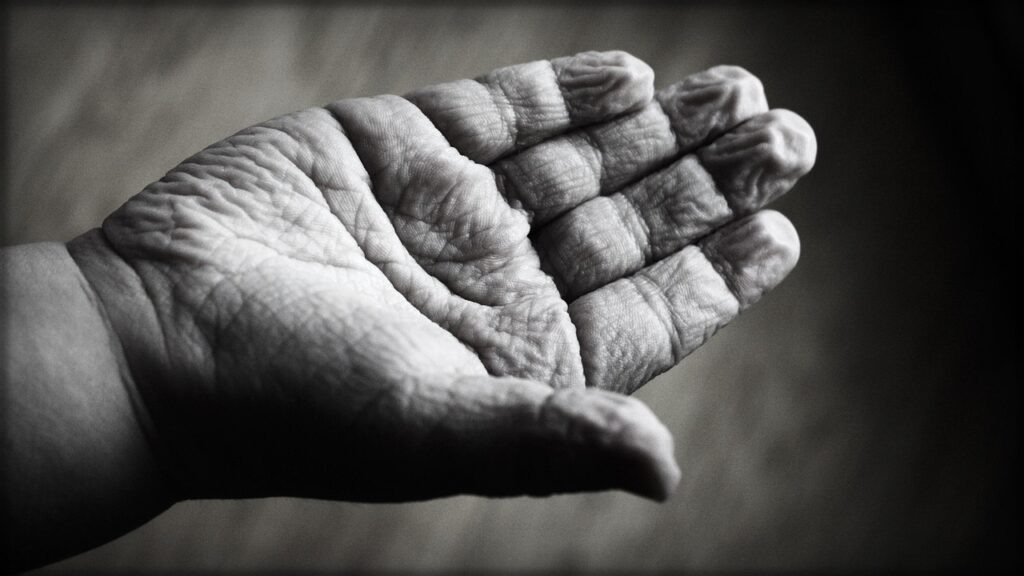
7. **Reflections on Aging: ‘Bits Don’t Work So Well Past 70’**During a visit to the Midland Metropolitan University Hospital in September 2025, King Charles engaged in a notably candid exchange with 85-year-old acute elderly care patient Jacqueline Page. When Ms. Page humorously remarked that she was “wearing out,” the monarch responded with a rare personal reflection on the physical challenges of advancing age. His reported comment, “I know, this is the terrible thing, as I am discovering already. The bits don’t work so well when you get past 70,” offered a relatable and humanizing glimpse into his own experience.
This unscripted moment provided a poignant connection between the King and ordinary citizens, underscoring that even monarchs face universal aspects of the human condition, such as the natural decline that comes with aging. The remark was not just a lighthearted quip but a shared acknowledgment of a common reality, resonating deeply with many who might be experiencing similar bodily changes.
The King’s willingness to express such a personal sentiment during a public engagement highlights a more modern approach to royal interactions. It allows for a more authentic dialogue, bridging the gap between the perceived aloofness of the monarchy and the everyday experiences of the public. This openness can foster greater understanding and empathy, especially when His Majesty is also navigating his own significant health challenges.
His humour, evident in the interaction, also served to lighten the mood of a conversation that could otherwise be quite serious. By injecting a touch of self-deprecating wit, King Charles managed to convey a message of resilience and acceptance, showing that he faces his own physical challenges with a pragmatic and grounded perspective, further endearing him to those he meets.
8. **Empathy and Shared Experience: Connecting with Fellow Patients**Beyond his reflections on aging, King Charles has consistently shown profound empathy and sought connections with fellow cancer patients during his public engagements. In September 2025, during his visit to the Midland Metropolitan University Hospital, he directly addressed Matthew Shinda, a 73-year-old prostate cancer patient, who inquired about the King’s own recovery. Charles’s response, “I’m not too bad,” was delivered with a sense of shared understanding.
In their conversation, King Charles further elaborated on the broader challenges of cancer. He remarked, “Half the problem is detecting it, isn’t it, in time,” and added, “The great thing, I think, is they’re getting better and better at dealing with these things. The trouble is there’s always hope down the road. I am sorry about that, it’s so frustrating.” These comments underscore his awareness of the difficulties faced by cancer patients, including the anxieties around early diagnosis and the emotional toll of treatment.
His interactions extend beyond brief exchanges. In May, during a Buckingham Palace garden party, the monarch spoke with Exeter University student Stamford Collis about his cancer battle. Collis later revealed that the King inquired about his treatment, food, diet, and whether he had undergone radiation treatment, demonstrating a genuine interest in the specifics of a patient’s journey and offering advice by saying, “It’s sometimes about the diet and what you eat. It can help.”
These deliberate efforts to connect on a personal level with those battling cancer illustrate the King’s compassionate approach to his illness. By engaging with patients, sharing his own journey in subtle ways, and offering words of encouragement, he transforms a personal struggle into a platform for solidarity and mutual support, making others feel less isolated in their own fights against the disease.
9. **A ‘Bump in the Road’: Brief Hospitalization for Side Effects**King Charles’s health journey has not been without its temporary setbacks, as evidenced by a brief hospitalization in March 2025. Following a scheduled and ongoing medical treatment for cancer, His Majesty experienced “temporary side effects that required a short period of observation in hospital.” This incident, though minor, necessitated a temporary adjustment to his royal calendar.
Buckingham Palace promptly issued a statement detailing the situation, explaining that “His Majesty’s afternoon engagements were, therefore, postponed,” and as a “precautionary measure, acting on medical advice, tomorrow’s diary program will also be rescheduled.” The palace also conveyed the King’s apologies, stating, “His Majesty would like to send his apologies to all those who may be inconvenienced or disappointed as a result.”
This period marked a crucial demonstration of the careful balance maintained between the King’s health and his public duties. While the palace later downplayed the event as a “bump in the road,” it served as a clear reminder of the realities of cancer treatment and the unpredictable nature of its side effects, even for a monarch dedicated to his responsibilities.
The swift, transparent communication from the palace, coupled with the King’s personal apology for the disruptions, reinforced a sense of accountability and consideration for the public. It underlined that while his health is paramount, his commitment to his role remains unwavering, even when temporary medical interventions are necessary to ensure his well-being.

10. **A Positive Sentiment: ‘Feeling a Lot Better Now’**Amidst the regular updates and disclosures surrounding his health, King Charles offered a notably positive personal sentiment in July 2025. While on a walkabout with Queen Camilla in Newmarket, Suffolk, he engaged in a candid conversation with Lee Harman, a local cancer survivor. When asked about his health, the King responded, “I asked him how he was, and he said he was feeling a lot better now and that it was ‘just one of those things.’”
This direct and reassuring update was significant, as the King has largely maintained discretion regarding the specifics of his battle. His acknowledgement that he was “feeling a lot better now” provided a clear and encouraging insight into his progress, suggesting an improvement in his overall well-being compared to earlier, more challenging phases of his treatment. The phrase ‘just one of those things’ conveyed a sense of resilience and acceptance.
The interaction in Newmarket was not only a personal moment for King Charles but also offered a hopeful message to the public. It demonstrated his ability to face his illness head-on and continue to recover, even as he managed the demands of his sovereign role. This positive outlook, shared directly by the monarch, underscored his determination to move forward with optimism.
Furthermore, the King reciprocated the concern, asking Mr. Harman about his own health. Mr. Harman reported, “He asked me how I was, and I said, ‘I’m all good, I got the all clear from cancer last year.’” This reciprocal exchange further emphasized the shared experience and mutual support that the King seeks to foster in his interactions with those affected by cancer, making the positive update even more impactful.
Read more about: Inside the Broadcast Battle: Why NASCAR Fans Are Sounding Off on TV Coverage
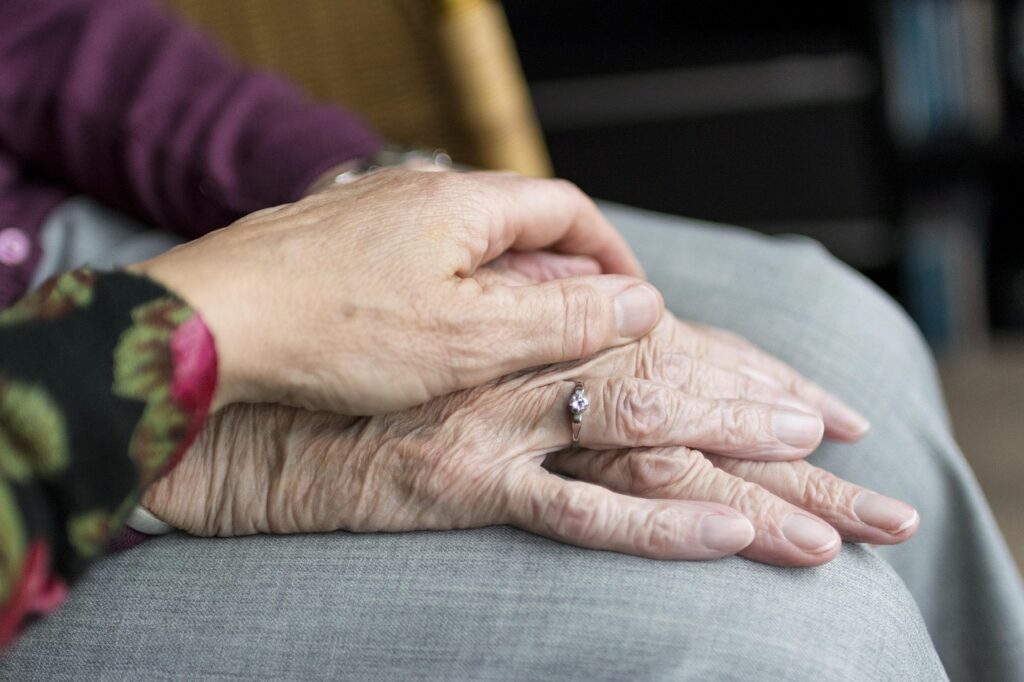
11. **Inspiring Compassion: Messages to Cancer Patients and Supporters**King Charles has consistently used his personal experience with cancer as a platform to inspire and acknowledge the broader community affected by the disease. In April 2025, he issued a touching personal message where he thanked “all those who support cancer patients and their loved ones.” This message, posted on the royal family’s official website, provided a profound reflection on the role of empathy during difficult times.
In his letter, the monarch shared a deeply personal insight, writing that being “among” the “statistics” of those diagnosed with cancer has “reinforced” his view that “the darkest moments of illness can be illuminated by the greatest compassion.” This statement offered a powerful message of solidarity, connecting his own royal experience to the struggles faced by countless individuals worldwide.
By explicitly acknowledging himself as “among the statistics,” King Charles humanized his royal persona, making his battle relatable to a vast audience. This public reflection on compassion during illness serves to validate the experiences of other patients and their families, offering comfort and a sense of shared understanding from the highest office.
His message also serves as an important recognition of the invaluable support networks that surround cancer patients. By thanking caregivers and loved ones, the King highlighted the collective effort required in battling the disease, fostering a sense of community and mutual aid. It was a testament to his desire to use his platform for positive societal impact, extending encouragement and gratitude to those on the front lines of care and support.
12. **The ‘Workaholic’ Monarch: Dedication to Duty**Despite his ongoing battle with cancer and the necessary adjustments to his schedule, King Charles III has maintained an unwavering dedication to his royal duties, demonstrating what royal aides have described as a ‘workaholic’ spirit. His illness has not deterred him from fulfilling his constitutional responsibilities, a testament to his deep-seated commitment to the monarchy.
Sources close to the King confirm that he has successfully integrated his treatment into what has become a ‘new normal’ for him. An aide observed during a tour that “The thing you learn about this illness is that you just manage it. And that’s what he does. Medical science has made incredible advances, and I genuinely see no difference in him,” highlighting his ability to cope with his condition without visible signs of diminishment in his performance.
His continued robust engagement with state business and official paperwork, even when public-facing duties were initially postponed, underscores this commitment. Aides have attributed his remarkable resilience to his inherent fitness, stating, “It’s no secret that he is still having treatment, but because he is incredibly fit, he is just dealing with it all incredibly well. As everybody knows, he is driven by duty, so he just gets on with it.”
This resolute approach showcases a monarch who views his role with profound seriousness, prioritizing the continuity and stability of the Crown. While some reports from aides have suggested his illness is incurable and that he will die ‘with’ cancer rather than ‘of’ it, neither the King nor Buckingham Palace has confirmed such specifics. Regardless, his steadfastness in the face of such a personal challenge serves as a powerful example of duty and fortitude.
King Charles III’s journey through cancer has been a remarkable demonstration of resilience, empathy, and unwavering dedication to duty. From his candid reflections on aging and shared understanding with fellow patients to his consistent efforts to connect and inspire compassion, the monarch has navigated his personal health battle with a quiet strength. His ability to adapt, to manage his treatments while diligently attending to state business, and to offer glimpses of his progress, paints a picture of a leader deeply committed to his people and his role. As he continues this journey, his approach offers not only insight into the life of a modern monarch but also a source of inspiration for many facing their own challenges, reminding us all of the enduring power of hope and human connection.”




